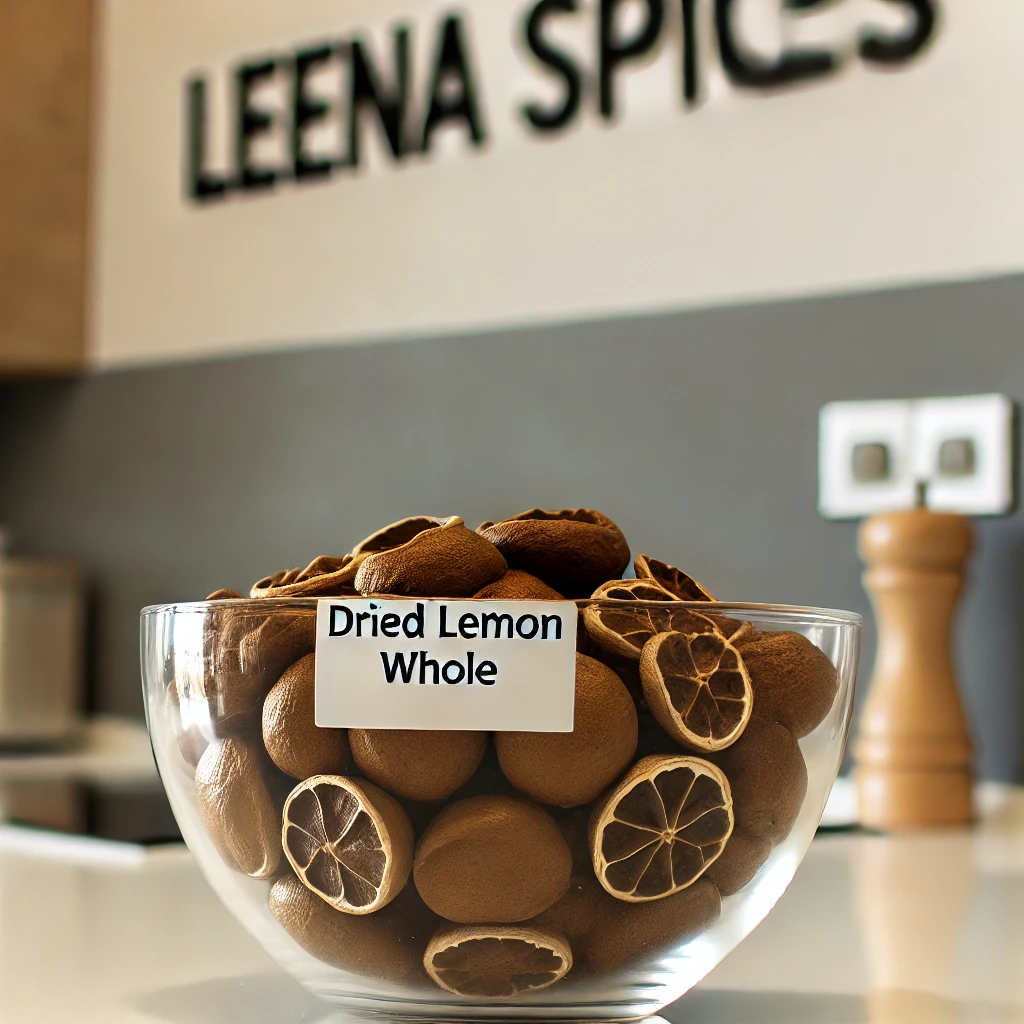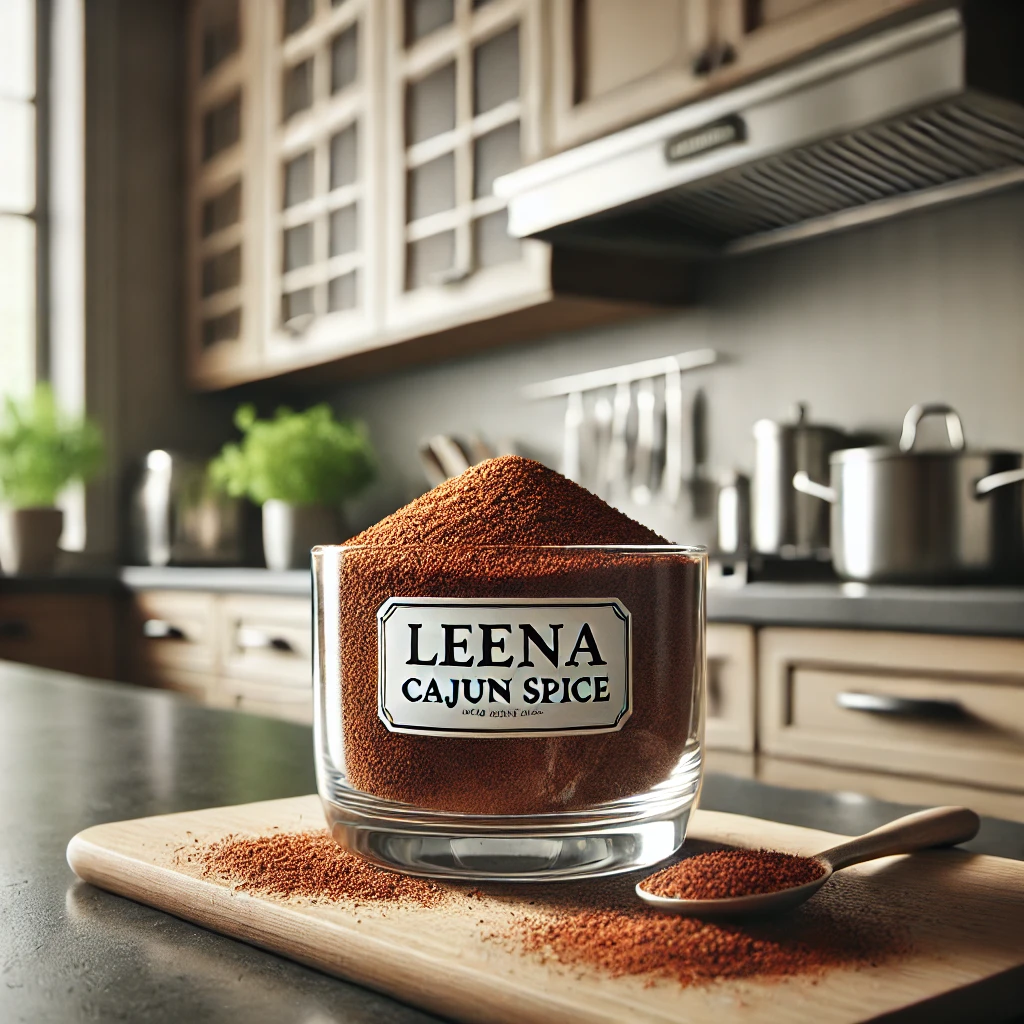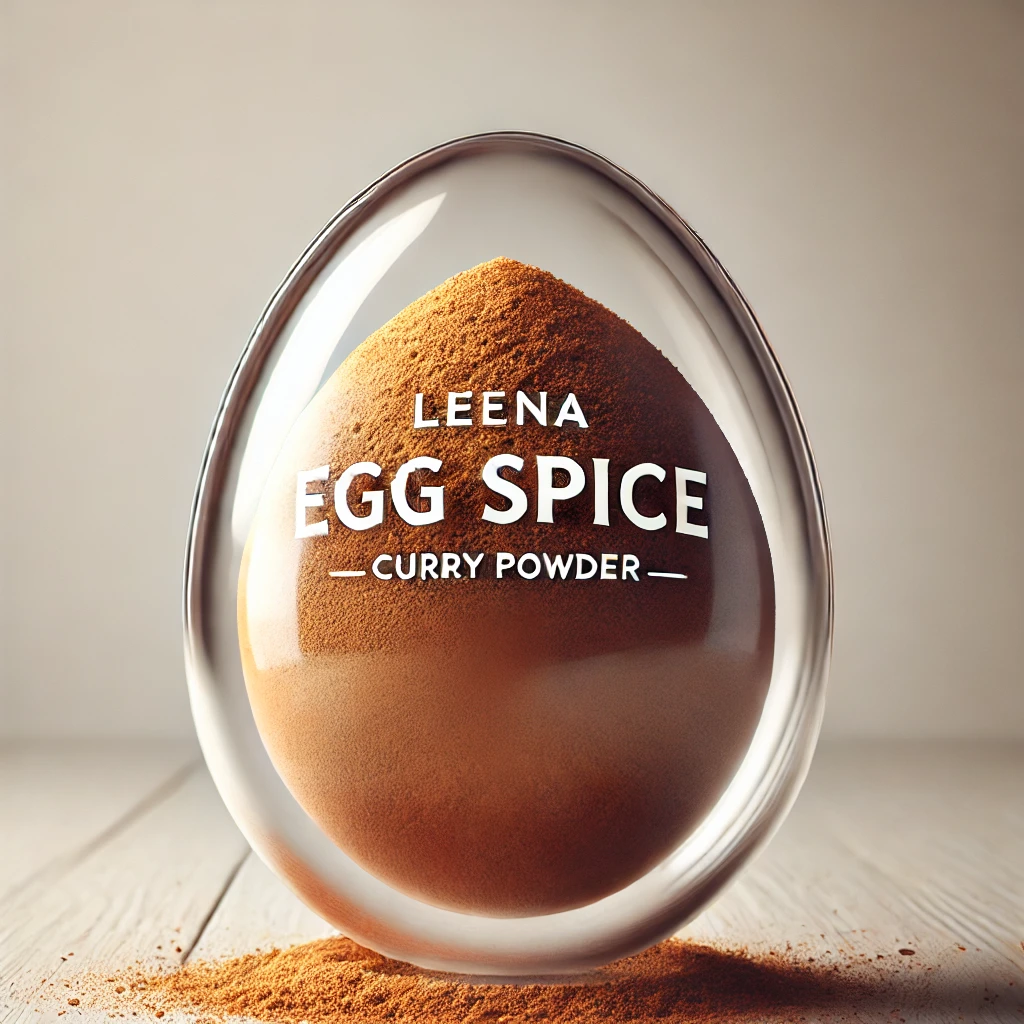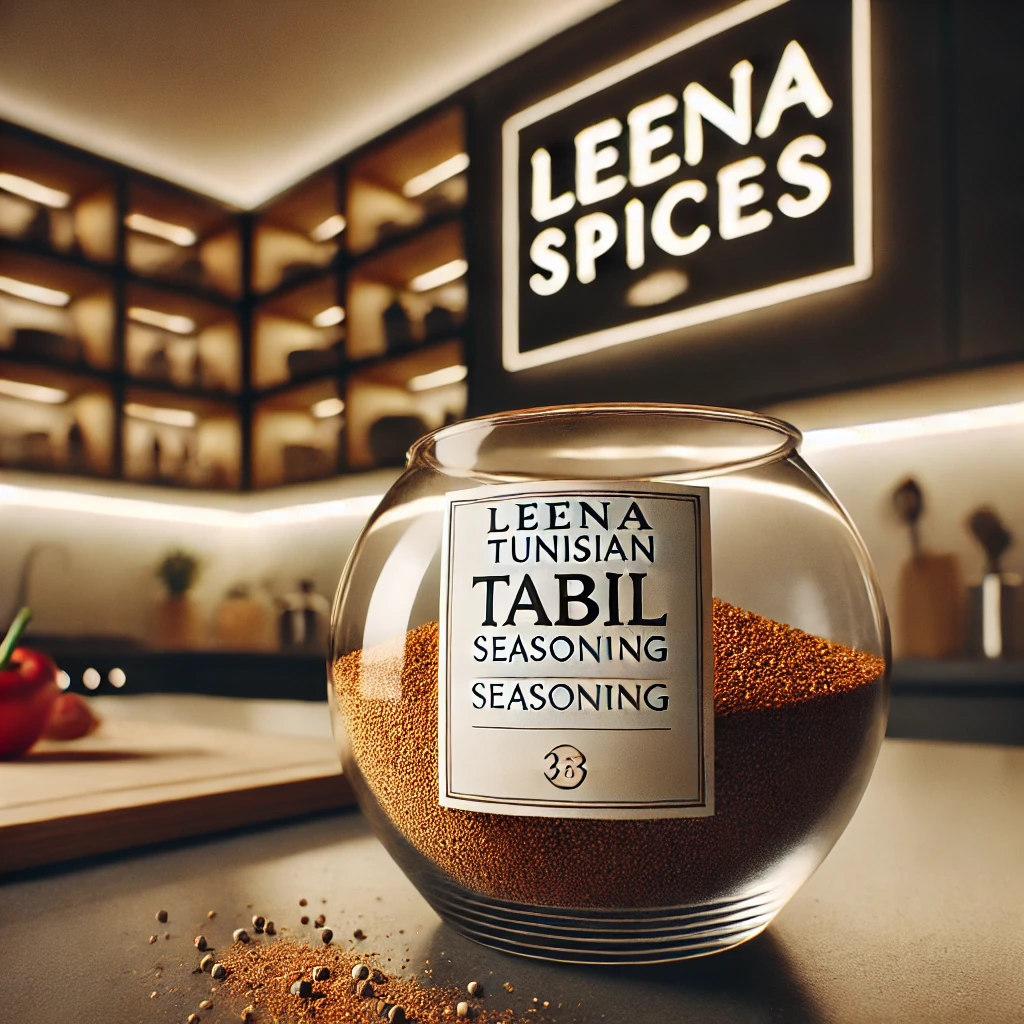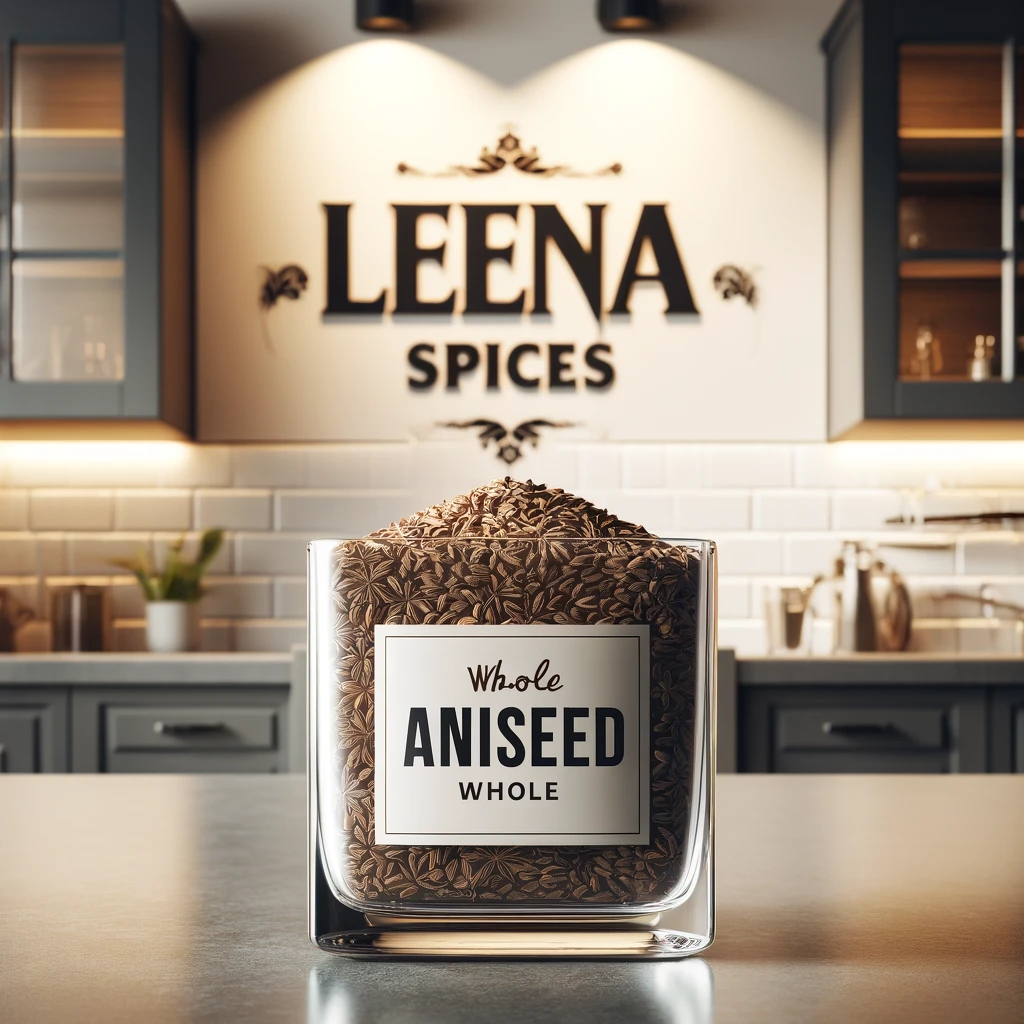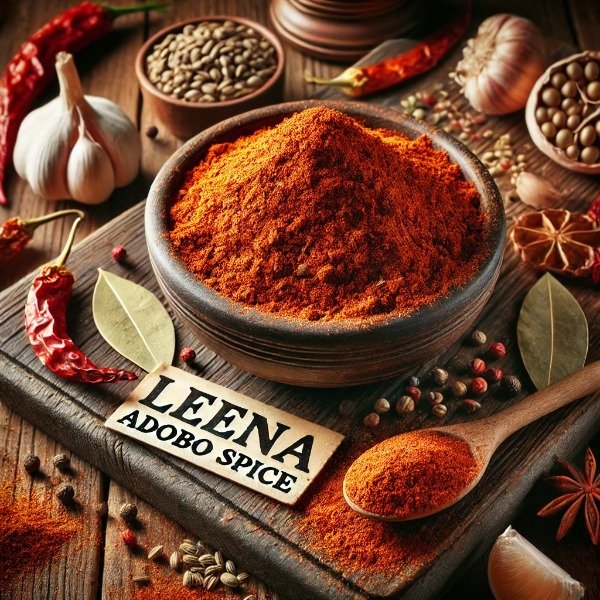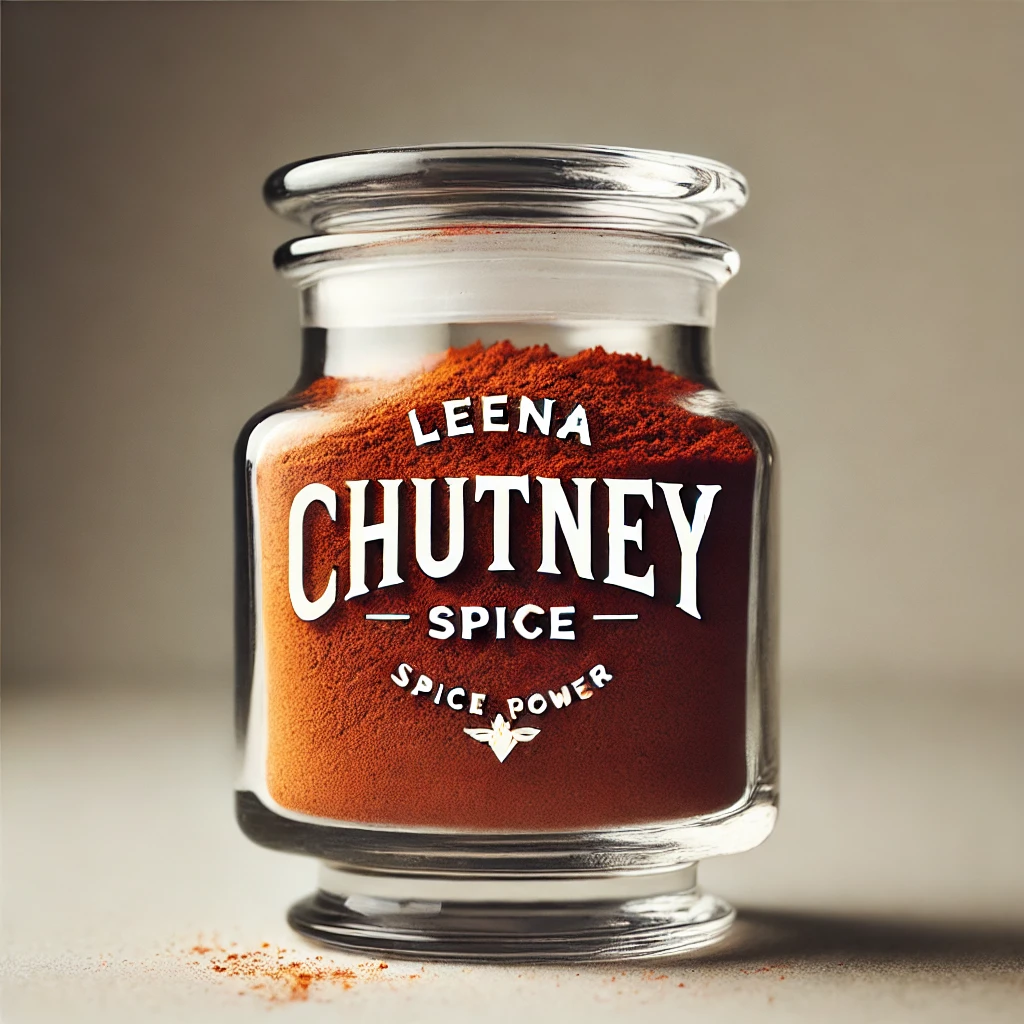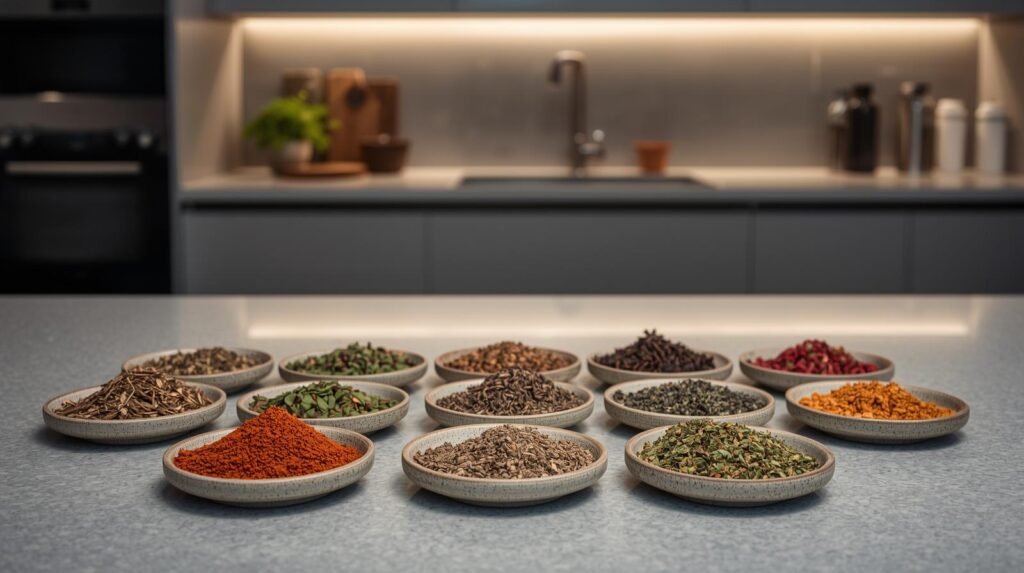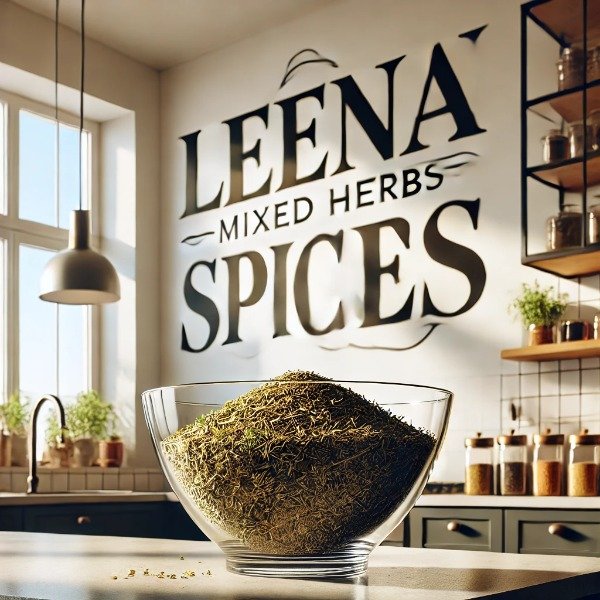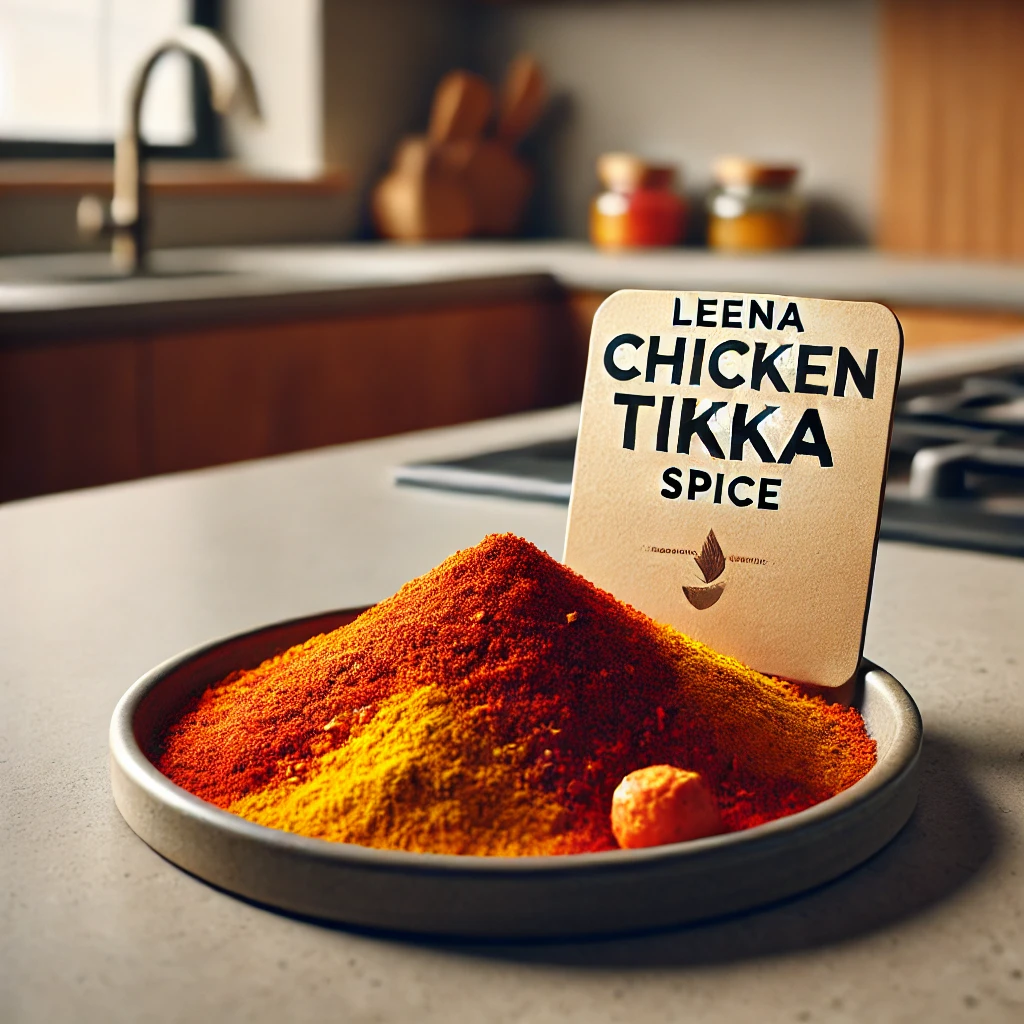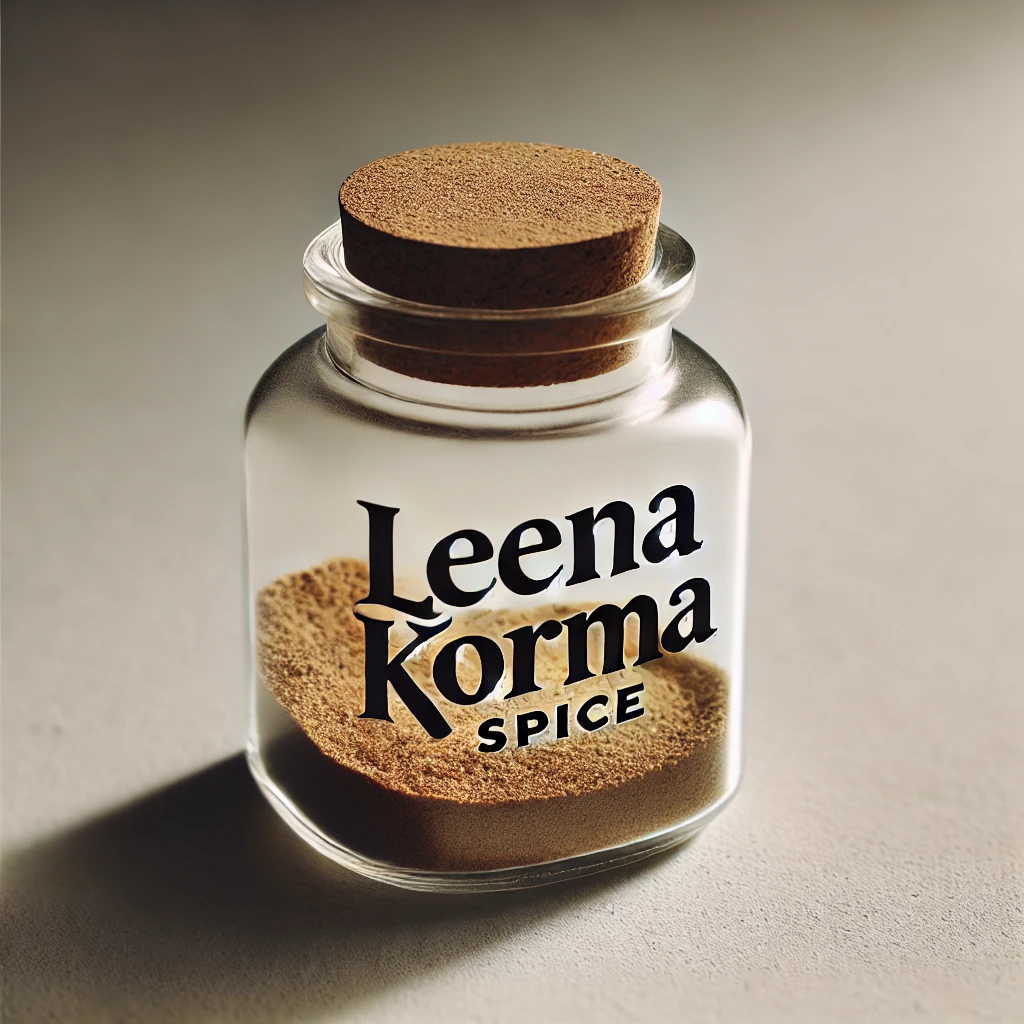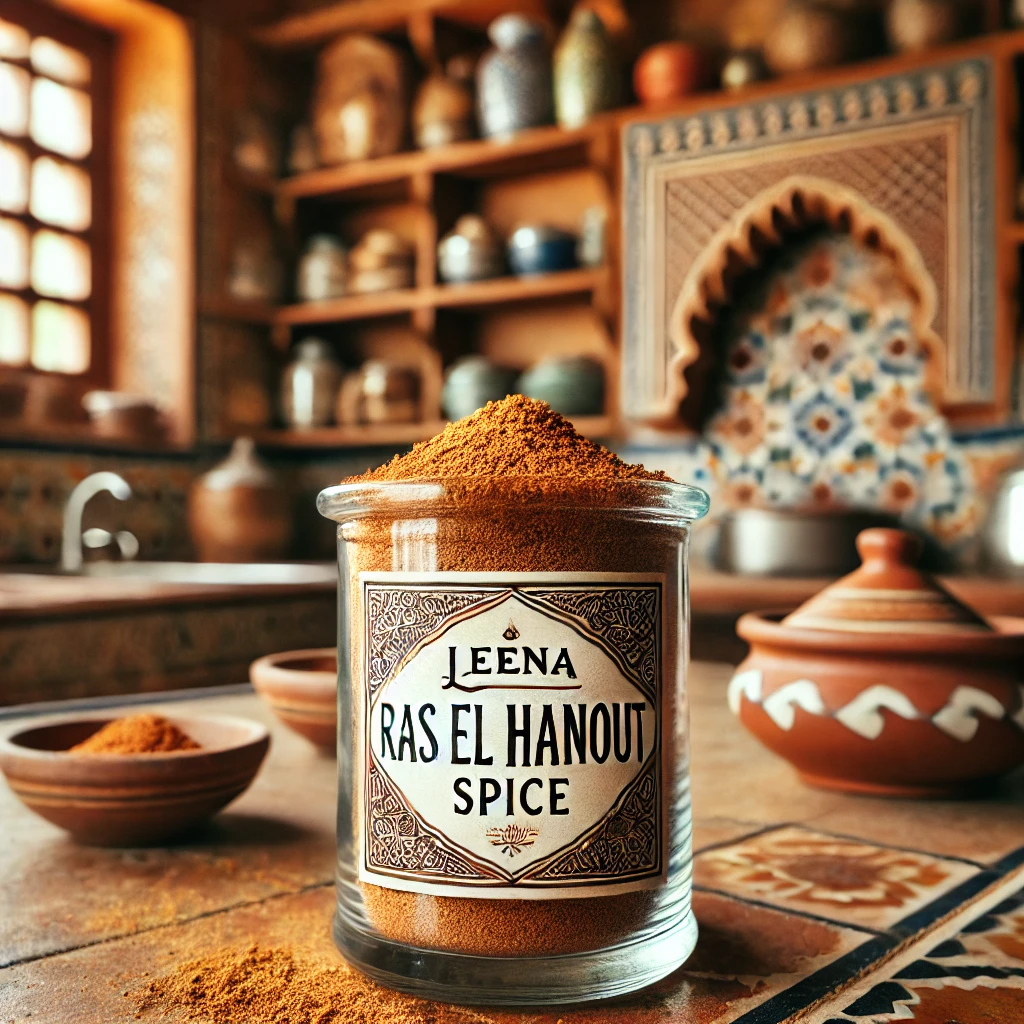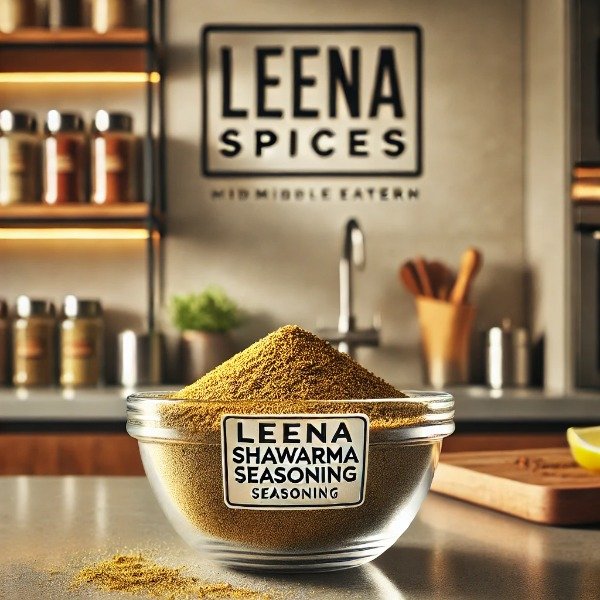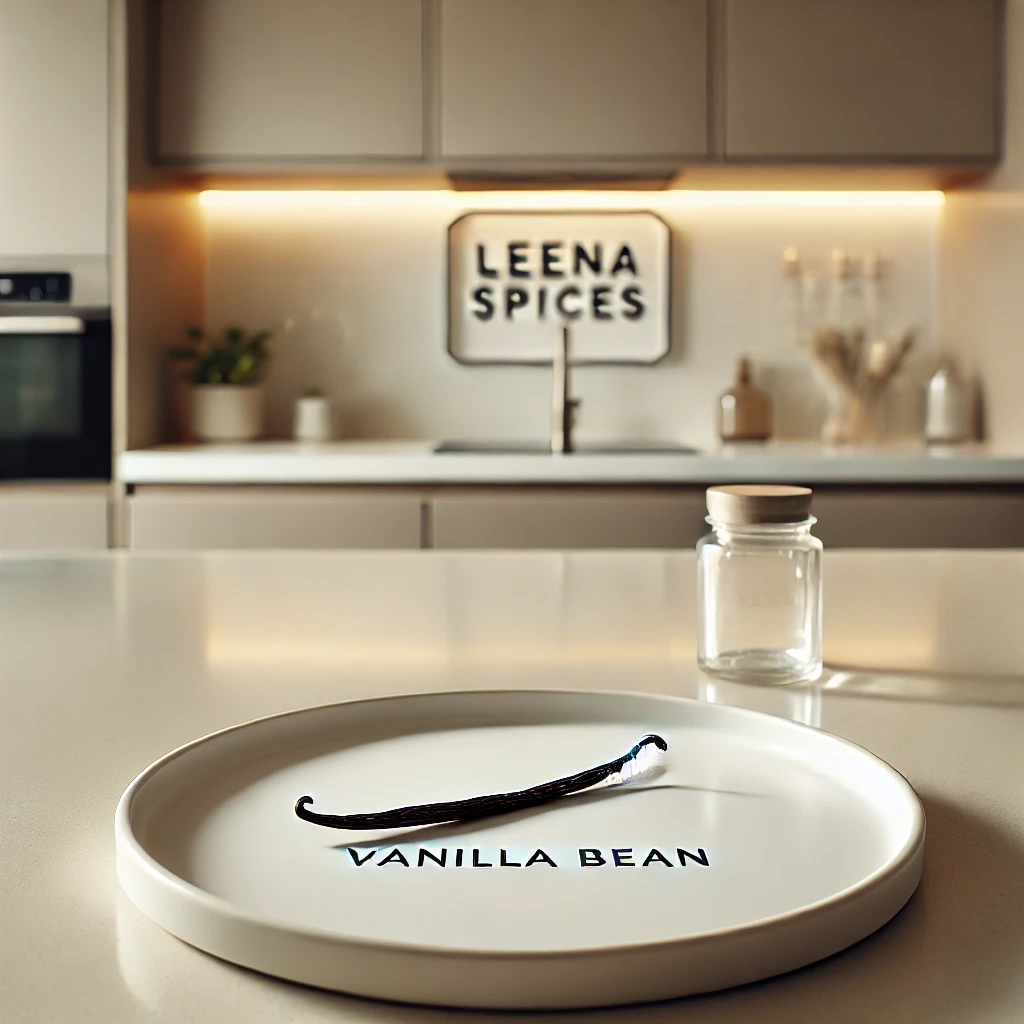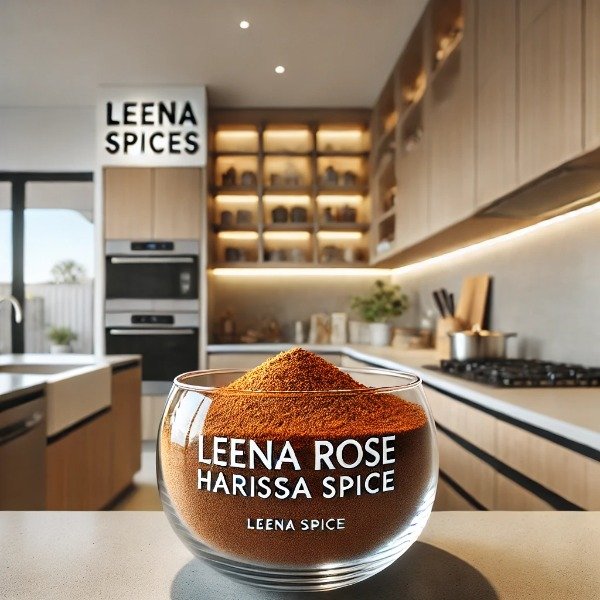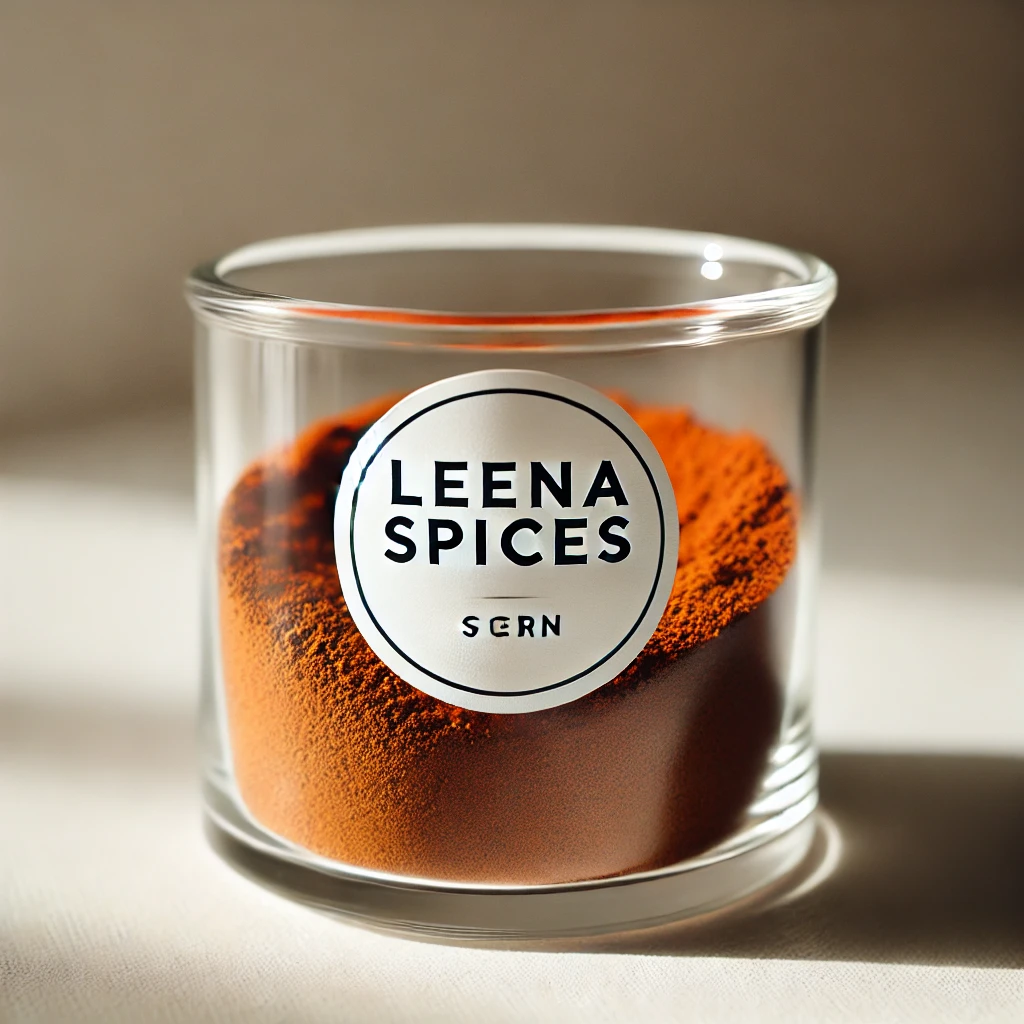13 Irresistible Ways to Use Berbere Spice and Transform Everyday Cooking
Table of Contents
- Introduction
- Key Takeaways
- What is Berbere Ethiopian Spice Blend
- What does Berbere spice blend taste like
- How spicy is Berbere seasoning
- What are the main ingredients in Berbere spice blend
- Can you make Berbere spice at home
- How to make authentic berbere spice
- How do you store Berbere spice
- How long does homemade Berbere last
- What is Berbere used for
- How to use Berbere
- What dishes are best with Berbere spice
- FAQs
- Conclusion
Introduction
Berbere spice is a fiery Ethiopian and Eritrean spice blend celebrated for its bold, aromatic flavors and vibrant red color. Used in traditional dishes like Doro Wat, Misir Wat, and Tibs, berbere adds complex heat, warmth, and depth to stews, roasted meats, vegetables, and legumes. Beyond its classic culinary roots, this versatile spice blend is perfect for marinades, dry rubs, sauces, and even modern fusion recipes, making it a must-have in any spice-loving kitchen.
Key Takeaways: Berbere Spice Blend
What is Berbere Ethiopian Spice Blend?
Berbere is a traditional Ethiopian and Eritrean spice blend made from chilies, garlic, ginger, cumin, coriander, fenugreek, and other aromatic spices. It adds bold, spicy, and earthy flavors to dishes.
How do you use Berbere Spice Blend?
Use Berbere as a dry rub, marinade, seasoning for vegetables or grains, or in stews and sauces. Toasting the spices or cooking with oil or butter helps release its full flavor.
Which dishes are best with Berbere Spice?
Berbere is perfect for Doro Wat, Misir Wat, Tibs, roasted meats, vegetable dishes, lentil stews, and fusion recipes like spiced rice or popcorn.
How do you store Berbere Spice?
Store Berbere in an airtight container in a cool, dark place to maintain its potency. Homemade Berbere lasts 3–6 months, and freezing can extend freshness.
Can I adjust the heat of Berbere?
Yes! Berbere’s spice level can be customized by using milder or hotter chilies, making it perfect for any palate.
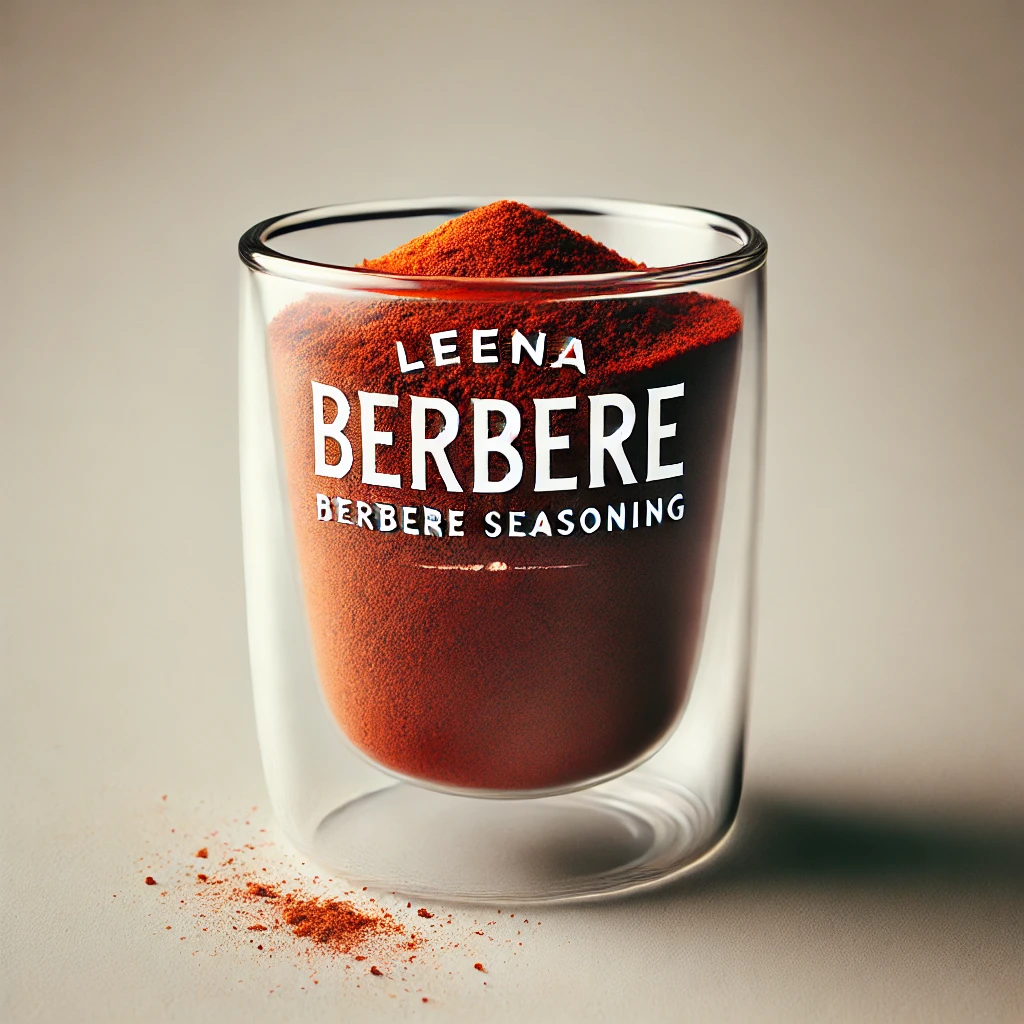
What is Berbere Ethiopian Spice Blend?
Berbere is a vibrant, spicy seasoning blend central to Ethiopian and Eritrean cuisine. Its name comes from the Amharic word barbare, meaning “pepper” or “hot,” reflecting the bold, fiery character of the blend.
Berbere’s origins likely trace back centuries, evolving through trade routes when Ethiopia held access to the Silk Road. Its potency, versatility, and rich aroma have made it one of Africa’s most celebrated spice blends.
In cooking, berbere is indispensable in traditional dishes like doro wat (spicy chicken stew) and misir wat (red lentil stew). It’s used to season meats, vegetables, and stews, either as a dry rub, paste, or marinade. While pre-mixed versions are available commercially, authentic preparation often involves toasting and grinding whole spices for maximum freshness and flavor.
What does Berbere spice blend taste like?
- Spicy & hot: Chili peppers are the backbone, giving berbere its signature fiery kick. The heat can range from medium to hot depending on the blend.
- Earthy & slightly bitter: Fenugreek, cumin, and coriander provide depth and a grounded, earthy foundation.
- Warm & aromatic: Cinnamon, cloves, allspice, and sometimes nutmeg add sweet warmth that balances the spice.
- Herbal & fragrant: Ethiopian basil, ajwain, rue, or nigella seeds contribute unique herbal notes and complexity.
- Tangy undertones: Garlic and ginger add sharpness and brightness, while cardamom can introduce a subtle floral tang.
How Spicy Is Berbere Seasoning?
Berbere is moderately to very spicy, but its heat is layered and balanced rather than one-dimensional. The spiciness primarily comes from chili peppers, often ranging from 20,000 to 50,000 Scoville Heat Units (SHU)—similar to a strong jalapeño or moderate cayenne pepper. Some traditional or restaurant-style blends may use hotter chilies, giving a stronger, lingering heat that gradually builds on the palate.
However, Berbere’s spice is tempered by other aromatic ingredients like fenugreek, cumin, cinnamon, cloves, ginger, and garlic, which add depth, warmth, and subtle sweetness. This combination creates a rich, complex, and warming sensation, rather than an overwhelming burn.
- Mild versions: Some homemade or store-bought blends use milder chilies or sweet paprika, producing warmth without extreme heat.
- Hot versions: Authentic or more traditional blends deliver a strong, noticeable kick, ideal for stews like Doro Wat, where the heat melds with butter, onions, and other ingredients.
Tip: If you’re new to Berbere, start with a small amount and adjust gradually, the flavor is complex, and the heat can sneak up on you.
In short, Berbere is spicy but balanced, providing warmth and depth to dishes without being overwhelmingly hot. Its heat can be adjusted by choosing the type and amount of chili, making it versatile for different palates.
What are the main ingredients in Berbere Spice Blend?
- Chili peppers (dried, often red) – the backbone of the blend, providing signature heat.
- Fenugreek seeds – add earthy, slightly bitter depth.
- Cumin seeds – contribute warm, nutty undertones.
- Coriander seeds – bring citrusy and floral notes.
- Garlic (dried or powdered) – adds savory pungency.
- Ginger (dried or powdered) – offers sharp, warm zing.
- Cardamom (often Ethiopian korarima) – provides sweet, aromatic complexity.
- Cinnamon, cloves, nutmeg, and allspice – add warmth, subtle sweetness, and aromatic richness.
- Ajwain or radhuni – lend a thyme-like, peppery note.
- Nigella seeds – contribute mild, nutty flavor.
- Basil (sometimes sacred Ethiopian basil) – adds herbal sweetness.
- Rue (optional) – imparts a bitter, aromatic edge in traditional recipes.
- Paprika – occasionally added for color and a subtle smoky-sweet flavor.
- Black pepper – sometimes included for extra heat and pungency.
Can You Make Berbere Spice at Home?
Yes. Berbere can absolutely be made at home, and homemade versions often taste fresher and more aromatic than store-bought blends. Making your own allows you to control the freshness, heat level, and balance of spices to suit your taste.
How do you make authentic Berbere spice mix at home?
Recipe for homemade berbere spice mix
Homemade Berbere Spice Recipe
Yield: About 1/2 cup
Prep Time: 15 minutes
Ingredients:
- 4 tbsp dried red chili flakes (or 6–8 dried chilies, stemmed and seeded for less heat)
- 2 tsp coriander seeds
- 1 tsp cumin seeds
- 1 tsp fenugreek seeds
- 1 tsp whole black peppercorns
- 1/2 tsp cardamom seeds (or 1 tsp ground cardamom)
- 1/2 tsp ajwain seeds (optional)
- 1/2 tsp nigella seeds (optional)
- 1 tsp ground ginger
- 1 tsp garlic powder
- 1/2 tsp ground cinnamon
- 1/2 tsp ground allspice
- 1/4 tsp ground cloves
- 1 tsp smoked paprika (optional)
- 1 tsp dried basil
- 1 tsp salt (optional)
Instructions:
- Gather Ingredients: Core spices include dried red chili peppers, coriander seeds, cumin seeds, fenugreek seeds, cardamom (or Ethiopian korarima), black peppercorns, cloves, cinnamon sticks, allspice berries, garlic powder, ginger powder, turmeric, and nutmeg. Optional additions include paprika, dried basil, ajwain, nigella seeds, or onion flakes.
- Toast Whole Spices: Lightly toast whole spices like coriander, cumin, fenugreek, cardamom, black pepper, and cloves in a dry pan over medium heat for 2–3 minutes until fragrant. Avoid burning them to prevent bitterness.
- Grind Spices: Once cooled, grind the toasted spices into a fine powder using a spice grinder or mortar and pestle.
- Mix with Ground Spices: Combine the ground toasted spices with powdered ingredients like chili flakes or powder, paprika, garlic powder, ginger powder, cinnamon, allspice, cloves, nutmeg, and dried basil if using.
- Adjust Flavor: Taste carefully and adjust heat with more chili or balance with sweet spices like cinnamon.
- Store: Place the finished Berbere in an airtight container in a cool, dark place. It stays fresh for 3–6 months, depending on storage and ingredient freshness.
Tips for Homemade Berbere
- Customize Heat: Use milder chilies for less spice or hotter varieties for more intensity.
- Freshness: Toasting whole spices enhances flavor; if using pre-ground spices, you can skip this step.
- Variations: Optional ingredients like nutmeg or rue can add regional authenticity.
- Usage: Start with 1–2 teaspoons per dish and adjust to taste.
Making Berbere at home is rewarding and flavorful, giving your dishes a vibrant, aromatic, and authentic Ethiopian or Eritrean touch.
You May Also Like These Posts
10 Flavor-Packed Tips of Using Butter Chicken Spice Blend at Home
Discover 9 Irresistible Ways Togarashi Can Transform Your Japanese Dishes
7 Irresistible Reasons to Add Mumbai Spice Blend to Your Cooking
9 Surprising Differences Between Greek and Mexican Oregano That Make Your Dishes Explode with Flavor
How do you store Berbere Spice Blend?
Proper storage is essential to preserve Berbere’s bold, aromatic flavors and potency. Follow these guidelines:
- Use an Airtight Container
- Transfer Berbere (homemade or store-bought) to a clean, dry glass jar or sealed spice tin with a tight-fitting lid.
- Avoid plastic containers or bags that may not seal well.
- Keep It Cool and Dark
- Store in a pantry, cupboard, or spice drawer away from direct sunlight, stoves, ovens, or other heat sources.
- Ideal temperature: room temperature (below 70°F / 21°C).
- Avoid Moisture
- Ensure the spice is completely dry before storing. Any dampness can cause clumping or mold.
- Let freshly toasted or ground Berbere cool fully before sealing.
- Minimize Air Exposure
- Open the container only when needed.
- For large batches, divide into smaller portions to reduce air contact.
- Optional Refrigeration or Freezing
- For longer shelf life, refrigerate or freeze in tightly sealed containers.
- Paste versions of Berbere (mixed with oil or water) should be refrigerated up to 1 week or frozen in ice cube trays for extended storage.
- Track Freshness
- Label jars with the date made or opened.
- Use ground Berbere within 6–12 months for the best aroma and flavor.
Tip: Properly stored Berbere maintains its complex, spicy, and aromatic profile, enhancing Ethiopian stews, meat dishes, and vegetable recipes.
How Long Does Homemade Berbere Last?
- Homemade Berbere: Best used within 3–6 months. The essential oils in spices like chili, fenugreek, cumin, and cardamom give maximum flavor during this period. After 6 months, the blend is still safe to use but may lose potency and aroma.
- Store-Bought Berbere: Unopened blends can last 1–2 years, but once opened, aim to use within 6–12 months.
What Is Berbere Spice Used For?
Berbere is a versatile Ethiopian and Eritrean spice blend that adds heat, depth, and aromatic complexity to a wide range of dishes. Its bold flavor can transform both traditional and modern recipes.
Traditional Uses:
- Stews (Wats): The cornerstone of classic Ethiopian dishes like Doro Wat (spicy chicken stew), Misir Wat (red lentil stew), and Shiro Wat (chickpea stew). Berbere is typically sautéed with onions, garlic, and spiced butter (niter kibbeh) to build a rich, aromatic base.
- Meat & Poultry Rubs: Works as a dry rub or marinade for chicken, beef, lamb, or fish before roasting, grilling, or pan-frying. The heat and aromatic spices create a flavorful crust.
- Vegetables & Legumes: Adds warmth and spice to roasted or sautéed vegetables, root vegetables, lentils, and beans.
Other Culinary Uses:
- Sauces & Pastes: Mixed with oil, water, or yogurt to create a paste like Awaze, used as a dip, marinade, or condiment.
- Seasoning & Finishing: Sprinkle over grains, salads, eggs, or even popcorn for a unique, spicy-aromatic touch.
- Modern Fusion: Chefs and home cooks use it creatively in barbecue rubs, roasted nuts, and even chocolate or cocktails for a hint of exotic warmth.
Tips for Using Berbere:
- Start with 1–2 teaspoons per dish and adjust to taste.
- Cooking with fat (oil or butter) helps release its full flavor.
- Naturally gluten-free and vegan, making it suitable for various diets.
In short: Berbere isn’t just about heat—it’s a layered, aromatic blend that enriches traditional Ethiopian cuisine while inspiring global culinary creativity.
How to Use Berbere Spice?
Berbere is a fiery, aromatic Ethiopian and Eritrean spice blend that adds depth, heat, and complexity to both traditional and modern dishes. Its versatility allows it to enhance meats, vegetables, stews, and even dips.
- In Stews (Wat)
- Traditional Use: The backbone of dishes like Doro Wat (spicy chicken stew) and Misir Wat (red lentil stew).
- How to Use: Sauté 1–2 tablespoons of berbere in oil, butter, or clarified spiced butter (niter kibbeh) with onions and garlic to release its full aroma. Then add meat, lentils, or vegetables along with broth or water and simmer until tender.
- Tip: Start with 1 teaspoon per 4 servings and adjust based on your heat preference.
- As a Dry Rub or Marinade
- Dry Rub: Coat chicken, beef, lamb, fish, or even vegetables before roasting, grilling, or pan-frying. Let it sit for 30 minutes to infuse flavor.
- Marinade: Mix berbere with oil, lemon juice, vinegar, or yogurt to make a paste. Marinate meats or tofu for 1–4 hours.
- For Sauces and Dips
- Awaze Paste: Combine berbere with water, wine, or oil to create a spicy, aromatic condiment for bread, grilled meats, or vegetables.
- Modern Twist: Stir into yogurt, sour cream, or mayonnaise for flavorful dips and spreads.
- Seasoning Vegetables, Legumes, and Grains
- Toss root vegetables, cauliflower, potatoes, or legumes with olive oil and berbere before roasting.
- Sprinkle into soups, stews, rice, couscous, or quinoa for a warm, earthy kick.
- Use sparingly on eggs, avocado toast, popcorn, or roasted nuts for a creative flavor boost.
- Fusion and Creative Uses
- Incorporate into barbecue rubs, taco seasonings, or even cocktail rims.
- Add a pinch to savory breads or flatbreads for subtle warmth.
Key Tips for Using Berbere:
- Start Small: Begin with ½–1 teaspoon per dish and adjust for heat.
- Cook with Fat: Oil or butter helps bloom the spices and enhance flavor.
- Balance Flavors: Pair with cooling ingredients like yogurt or coconut milk.
- Storage: Keep in an airtight container in a cool, dark place to maintain potency for up to 6 months (homemade) or 1–2 years (store-bought).
Example Quick Recipe:
Berbere-Roasted Chicken
- Mix 1 tbsp berbere with 2 tbsp olive oil, 1 tsp salt, and a squeeze of lemon juice.
- Rub onto 4 chicken thighs and let sit for 30 minutes.
- Roast at 400°F (200°C) for 35–40 minutes until cooked through.
- Serve with rice or flatbread to soak up the spicy juices.
Berbere’s bold heat and complex earthiness make it perfect for traditional Ethiopian dishes as well as creative, modern recipes.
What dishes are best with Berbere spice?
Best Dishes to Use Berbere Spice
Berbere is a fiery, aromatic spice blend that shines in both traditional Ethiopian and Eritrean dishes as well as modern, globally inspired recipes. Its bold heat and complex flavor make it a versatile addition to a variety of meals.Traditional Ethiopian and Eritrean Dishes
- Doro Wat (Spicy Chicken Stew)
- The national dish of Ethiopia, featuring chicken simmered in a rich sauce of onions, garlic, and niter kibbeh (clarified butter) with berbere as the star seasoning.
- Serve with injera to soak up the flavorful sauce.
- Misir Wat (Spicy Red Lentil Stew)
- Red lentils cooked with berbere-infused sauce create a hearty vegetarian dish.
- The spice adds warmth and depth to the creamy lentils.
- Sega Wat (Spicy Beef or Lamb Stew)
- A slow-cooked meat stew where berbere balances the richness of beef or lamb with fiery, aromatic notes.
- Tibs (Sautéed Meat)
- Bite-sized pieces of beef, lamb, or goat are seasoned with berbere and seared with onions and peppers for a smoky, spicy dish.
- Awaze Sauce
- A spicy dipping sauce made by mixing berbere with water, wine, oil, or honey. Perfect for bread, grilled meats, or vegetables.
- Kitfo
- Minced raw or lightly cooked beef seasoned with berbere and clarified butter for warmth and aroma.
Roasted or Grilled Meats
- Chicken, Lamb, Beef, or Fish: Rub berbere directly onto the protein before roasting or grilling to create a flavorful crust and smoky heat.
Vegetables, Legumes, and Grains
- Roasted Vegetables: Toss root vegetables like carrots, potatoes, or cauliflower with olive oil and berbere before roasting.
- Legumes and Soups: Add to chickpeas, lentils, or bean stews for extra depth and warmth.
- Rice and Grains: Stir a pinch of berbere into pilafs, couscous, or quinoa for a subtle yet spicy flavor boost.
Modern and Fusion Uses
- Berbere-Roasted Eggs: Sprinkle into scrambled eggs, omelets, or shakshuka.
- Spiced Snacks: Season popcorn, roasted nuts, or avocado toast for a unique twist.
- Chilis and Soups: Add a small amount to tomato-based soups or chilis for exotic heat.
FAQs About Berbere Spice
What is Berbere spice made of?
Berbere is a bold Ethiopian spice blend made from chili peppers, garlic, ginger, fenugreek, cumin, coriander, cinnamon, cardamom, cloves, and sometimes allspice or nutmeg. Each family or region may have its own variation.
Is Berbere spice very spicy?
Yes, Berbere is spicy, but the heat level varies depending on the chilies used. It’s typically medium to hot, with a complex flavor that balances heat, earthiness, and a hint of sweetness.
How do you use Berbere in cooking?
You can use Berbere as a rub for meats, seasoning for vegetables, flavoring for lentils and stews (like Doro Wat and Misir Wat), or even in fusion dishes like spiced rice, roasted potatoes, or popcorn.
Can I make Berbere spice at home?
Absolutely! You can make homemade Berbere spice by toasting and grinding a mix of chili peppers with warming spices like garlic, ginger, cumin, fenugreek, and coriander. This lets you adjust the heat to your taste.
How do you store Berbere spice?
Store Berbere in an airtight container in a cool, dark place away from heat and sunlight. Homemade blends last about 3–6 months, but freezing small portions can help extend freshness.
What dishes are best with Berbere spice?
Traditional Ethiopian dishes like Doro Wat (spicy chicken stew), Misir Wat (lentils), and Tibs (sautéed meat) are classics. It’s also delicious in soups, roasted vegetables, and grilled meats.
Conclusion
Berbere is far more than just a seasoning. It is the heart of Ethiopian and Eritrean cuisine, carrying centuries of tradition, spice trade influence, and bold, unforgettable flavor. Whether you’re simmering a rich Doro Wat, spicing up lentils with Misir Wat, or adding a creative twist to roasted vegetables, Berbere brings heat, depth, and complexity to every dish. With its fiery chili base balanced by earthy, sweet, and aromatic spices, it transforms simple meals into extraordinary culinary experiences. Whether you buy it ready-made or craft your own homemade Berbere blend, this spice is your ticket to bringing authentic Ethiopian flavors into your kitchen.



